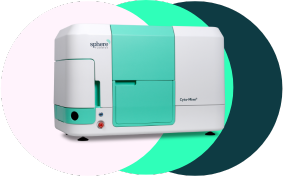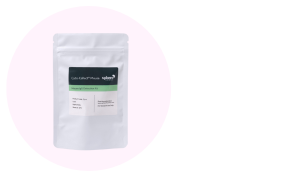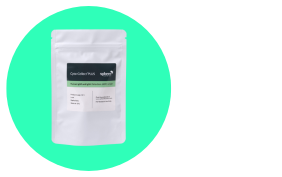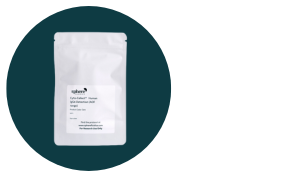Transforming Cell Line Development Processes with Cyto-Mine®. FUJIFILM Diosynth
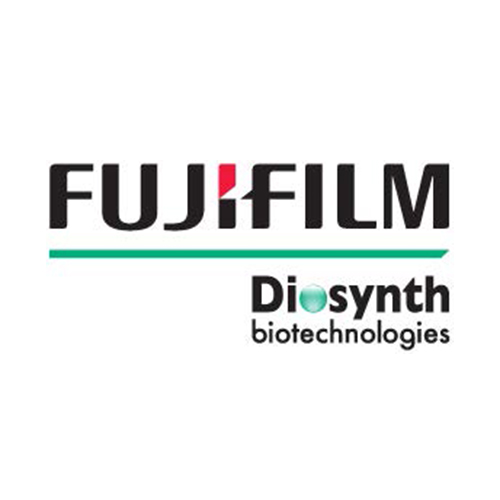
Dr Fay Saunders, UK Head of Upstream Mammalian Cell Culture, Process Development at FUJIFILM Diosynth Biotechnologies, shares her experience of using Cyto-Mine® in cell line development and recombinant protein expression.
Contract development and manufacturing organizations (CDMOs), such as FUJIFILM Diosynth Biotechnologies, provide critical support services for pharmaceutical and biopharmaceutical companies working in highly competitive environments. Our expertise in cell line and process development facilitates faster transit of biotherapeutic molecules into clinical development, producing stable mammalian cell lines that express high-quality recombinant proteins products at industry-leading concentrations. The combination of our stable mammalian expression system, Apollo™ X, with the emerging technology of Cyto-Mine® has revolutionized our approach to cell line development. Timelines have been dramatically reduced and we are now able to swiftly transition from the initial transfection phase through delivery of highly productive research cell banks within timelines of approximately 10 weeks.
Our aim is to deliver the most robust and efficient cell lines that demonstrate the best possible productivity. This can be challenging as we are witnessing a shift in focus in the field of biological medicines, away from conventional therapeutic monoclonal antibodies, towards antibody fragments and bispecific antibodies that are more difficult to express in cellular systems. This is a fast-paced and commercially attractive area of the drug development industry and timelines for cell line provision are under increasing scrutiny as companies compete for their share of the marketplace.
To complicate matters further, evidence of monoclonality must be provided for all cell lines producing biotherapeutic molecules if they are to obtain approval from industry regulators such as the Food and Drug Administration (FDA). Companies must prove that the cell line producing the therapeutic molecule is derived from a single parent cell. Time-consuming and low-throughput conventional screening techniques (e.g. colony picking and limiting dilution cloning) do not allow individual cells to be visualized and monoclonality can be difficult to demonstrate using these methods. Higher throughput screening technologies, such as fluorescence-activated cell sorting (FACS), provide a more efficient approach, but they can be complex to use, are only able to detect membrane-bound antibody and may risk damaging delicate cell lines as suspensions are driven through the system under pressure.
“Time-consuming and low-throughput conventional screening techniques (e.g. colony picking and limiting dilution cloning) do not allow individual cells to be visualized and monoclonality can be difficult to demonstrate using these methods.”

Dr Fay Saunders
FUJIFILM Diosynth Biotechnologies
Improving efficiency and quality through single-cell technology
The incorporation of Cyto-Mine® within cell line development processes has removed bottlenecks and significantly reduced timelines, which are then only limited by cell doubling times. Using this technology, we have been able to implement a new single-step cloning technique in place of our two-step process. Pools of transfected cells are encapsulated as single cells within individual picolitre-sized aqueous droplets in a biocompatible carrier oil (picodroplets), with each picodroplet providing a defined and supportive environment that maintains cellular viability (Figure 1). Single cells and their secreted proteins are rapidly screened and characterized via a fully automated process.
Previously, screening required lengthy manual procedures and analysis techniques. As its assays are miniaturized within an integrated, multiple step platform, Cyto-Mine® allows analysis that may once have taken weeks to finish to be completed within one day. Approximately 200,000 cells can now be screened in a matter of hours, compared with around 10,000 cells with multi-step manual techniques. Using this streamlined approach, we have been able to identify highly productive recombinant cell lines within a 10-week period (Figure 2). Crucially, single cells can be visualized using the Cyto-Mine® system, providing evidence of monoclonality and meeting regulatory requirements.
Our workflows are considerably more efficient as cellular screening is conducted early in the process, allowing the best-performing cells (expressing the protein of interest) to be selected and taken forward for development. This brings benefits concerning use of resources (e.g. reagents), laboratory space, which is optimized due to incorporation of multiple screening, sorting and validation steps within one machine. Wastage will also be reduced over time. The new approach provides greater freedom from laborious manual procedures for scientists working in the laboratory, allowing them to apply their skills and expertise to other important aspects of their work. The automated platform is user-friendly and requires minimal training ahead of use.
Applications within antibody discovery may allow scientists to rapidly screen large molecular libraries to identify high-specificity antibodies that recognize novel cellular targets. This would provide an excellent starting point for subsequent cell line development. The possibilities for further innovation using this technology are considerable and we look forward to exploring the exciting opportunities that Cyto-Mine® brings to our work.
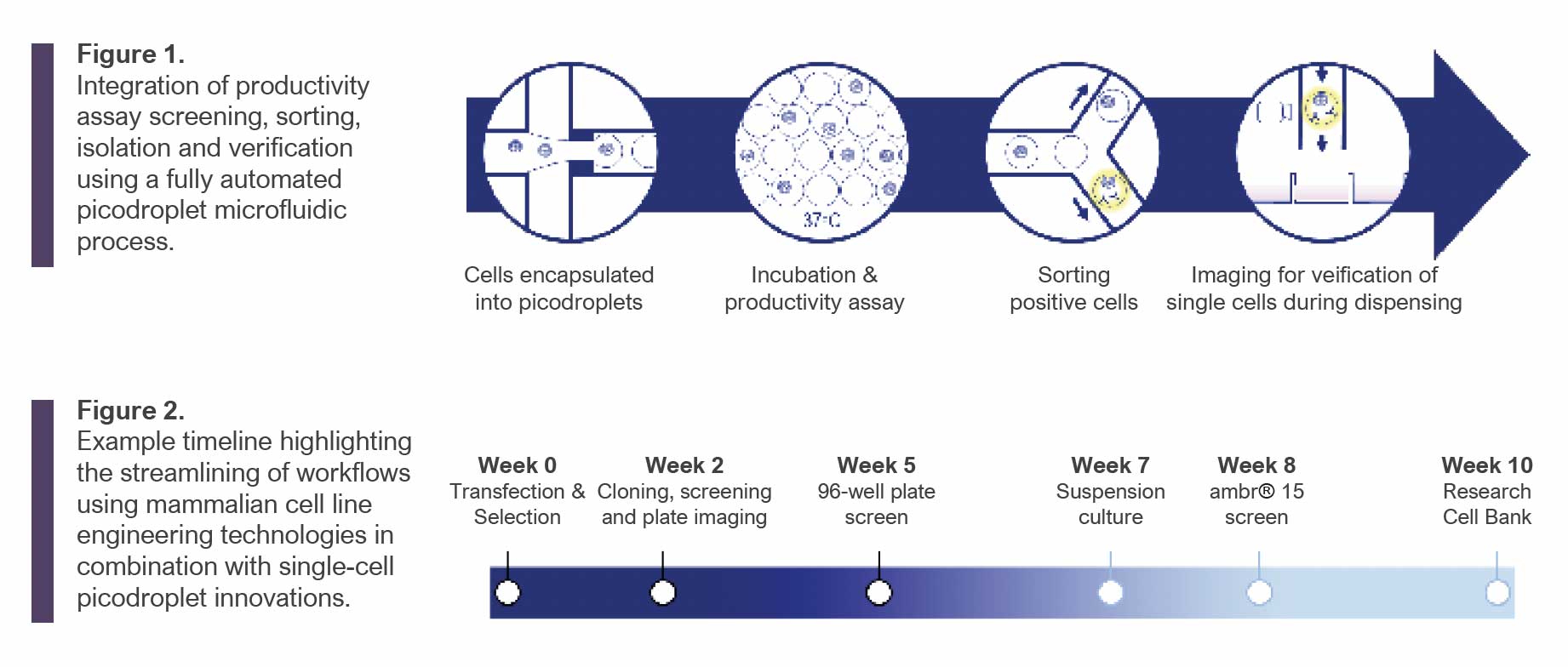
“Our workflows are considerably more efficient as cellular screening is conducted early in the process, allowing the best-performing cells to be selected and taken forward for development.”

Dr Fay Saunders
FUJIFILM Diosynth Biotechnologies
Cell line development and biotherapeutic production: The benefits of picodroplet technology
- Processes are streamlined and simplified
- Single-parent cells can be visualized and monoclonality assured
- Higher numbers of cells can be accurately screened (200,000 cells)
- Timelines are shortened and customers receive their cell line more rapidly
- Efficiency is increased and more projects can be delivered within a given timeframe
- Automated processes provide greater freedom for scientists working in cell line development
Discover how Cyto-Mine® can transform your workflows!
If you’d like to learn more about how Cyto-Mine® can make your cell line development more efficient, or if there’s another application you have questions about, we’re here. Get in touch with our team to discuss and find out what’s right for you.
